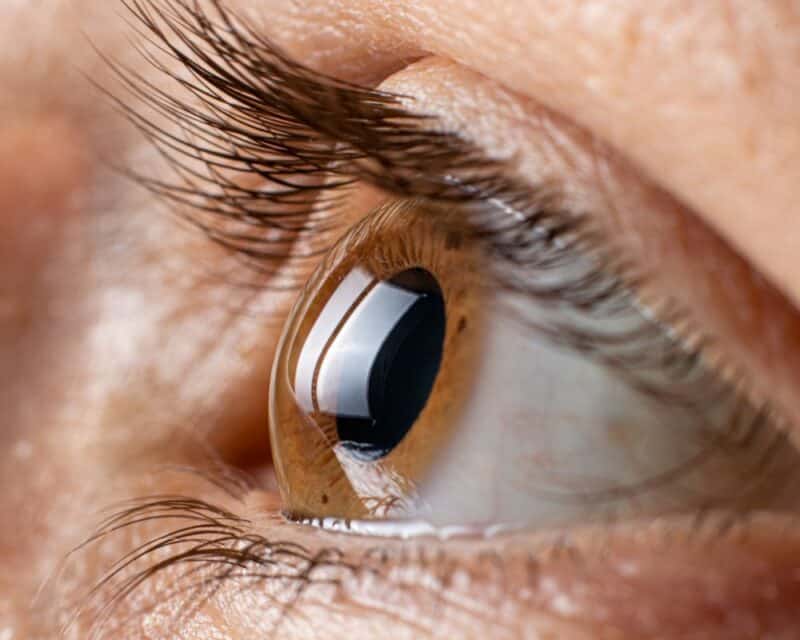Having experienced firsthand the challenges of astigmatism, both for myself and two of my children, I understand the importance of shedding light on this common yet often misunderstood vision condition. Astigmatism is more than just a term; it’s a daily hurdle that can blur the world around you, making simple tasks like reading and enjoying family moments more challenging. This condition, often accompanied by nearsightedness or farsightedness, can be perplexing. In our family’s journey, we’ve discovered that understanding astigmatism is the first step towards finding the right solutions for a clear and comfortable vision. Join me as we explore the world of astigmatism, its impact, and the options available to manage it effectively.
Among the various solutions for astigmatism, Acuvue Oasys for Astigmatism stands out as a popular choice. These contact lenses are designed to address the unique challenges posed by the irregular corneal shape in astigmatism. They provide clear vision and comfort, making them a preferred option for many individuals seeking relief from the effects of astigmatism.
The Causes and Symptoms of Astigmatism

An irregularly shaped cornea primarily causes astigmatism, the eye’s clear front surface. Ideally, the cornea should have a spherical shape, like a basketball. In astigmatism, however, it resembles the shape of a football, with one meridian being significantly more curved than the perpendicular meridian. This irregularity disrupts how light enters the eye, leading to blurred or distorted vision.
Symptoms of astigmatism include blurred or distorted vision, eye strain, headaches, and difficulty with night vision. Some individuals may experience squinting or discomfort in trying to focus on objects. It’s important to note that these symptoms can also indicate other eye conditions, making professional eye examinations essential for accurate diagnosis.
Diagnosing Astigmatism
Astigmatism is diagnosed through a comprehensive eye exam, which includes several tests to assess the eyes’ overall health and the quality of vision. A keratometer may measure the curvature of the cornea’s surface, and corneal topography provides a detailed map of the cornea’s shape. These tests help eye care professionals determine the degree of astigmatism and the appropriate course of treatment.
Treatment Options for Astigmatism
Treatment for astigmatism aims to correct the uneven curvature of the cornea or lens, thereby allowing light to focus properly on the retina. The most common treatments include eyeglasses, contact lenses, and refractive surgery.
- Eyeglasses: The simplest and most common treatment, glasses for astigmatism are equipped with special cylindrical lenses that help compensate for the cornea’s irregular shape.
- Contact Lenses: Contact lenses offer an effective alternative for those who prefer not to wear glasses. Special toric lenses are used to correct astigmatism. These lenses have different powers in different lens meridians to correct the cornea’s irregular shape.
- Refractive Surgery: Procedures such as LASIK or PRK can reshape the cornea using a laser, offering a more permanent solution. However, not everyone is a suitable candidate for these procedures, and a thorough evaluation by an eye care professional is necessary.
The Importance of Regular Follow-up and Eye Care Maintenance

Regular follow-up appointments with an eye care professional are essential for individuals with astigmatism. These check-ups ensure that the prescribed corrective measures, whether glasses, contact lenses or post-surgical care, remain effective and appropriate. Changes in vision or the condition of the eye can occur over time, necessitating adjustments in prescriptions or care routines. Additionally, consistent eye care maintenance, such as proper lens hygiene for contact lens wearers and routine eye health screenings, is crucial in preventing potential complications and maintaining optimal vision health. These practices are integral to managing astigmatism effectively and ensuring long-term eye well-being.
Living with Astigmatism
As a mother of three wonderful children, including two who, like me, have astigmatism, I understand the importance of clear vision in our daily lives. My husband Simon and I have always prioritised our family’s health, including eye care. When Ollie, Albie, and I were diagnosed with astigmatism, it was a bit of a surprise, but we quickly learned how common this condition is. We wanted the best solutions to ensure our children’s eyesight wasn’t holding them back. We all attend the eye clinic regularly to ensure our eye health is doing well so we can enjoy a life full of fun and adventure.
While astigmatism can be lifelong, it is manageable with the right corrective lenses or surgery. Regular eye exams are crucial, as the degree of astigmatism can change over time, necessitating adjustments in the prescription of glasses or lenses. Also, maintaining good eye health through proper nutrition, adequate lighting while reading or working, and regular breaks to rest the eyes can help manage symptoms.
In Summary
Astigmatism, though common, can significantly impact the quality of life if left uncorrected. With advancements in eye care, several effective treatment options are available, ranging from corrective glasses and contact lenses to surgical procedures. Understanding the nature of astigmatism and seeking regular professional eye care is key to managing this condition successfully. With the right approach, individuals with astigmatism can enjoy clear and comfortable vision.

